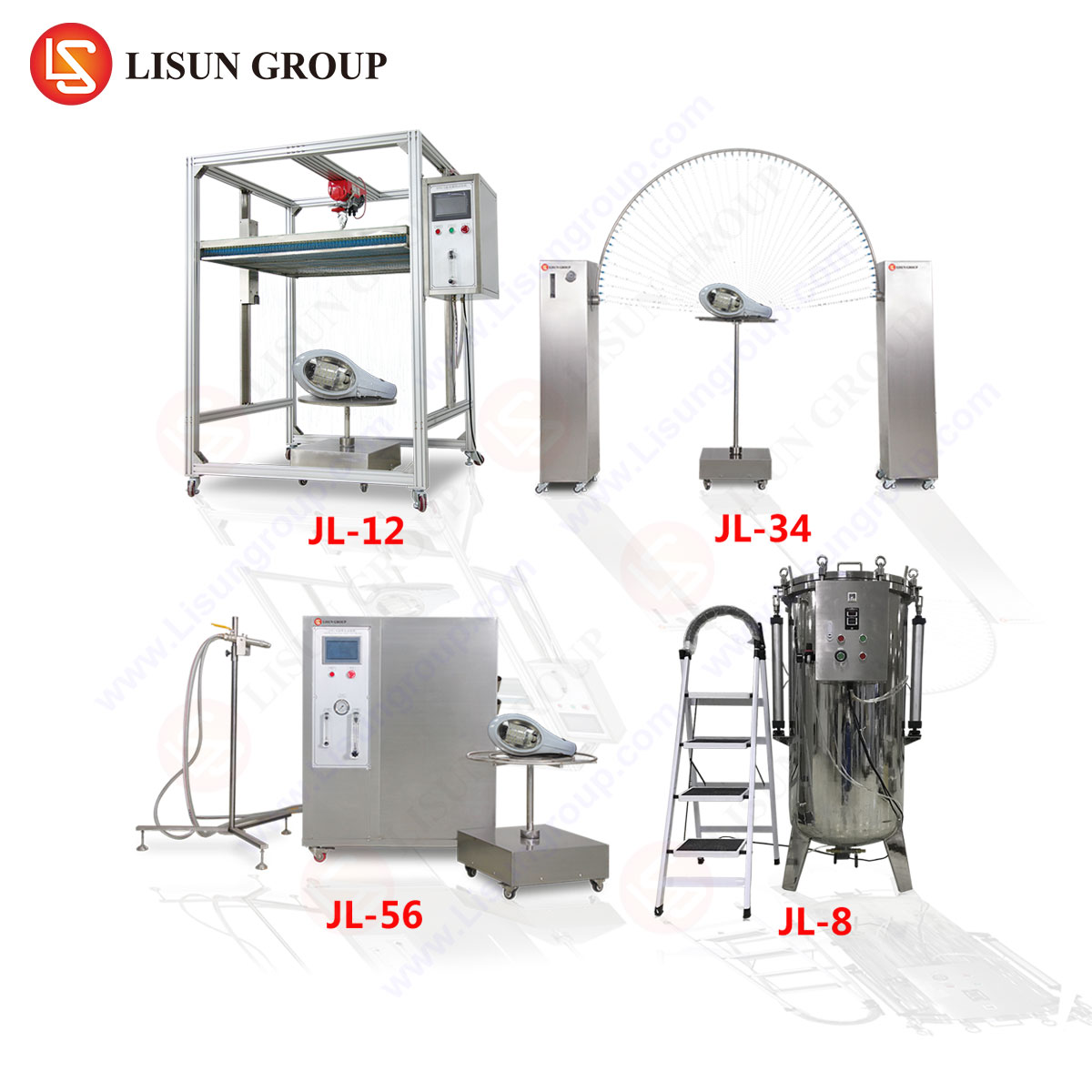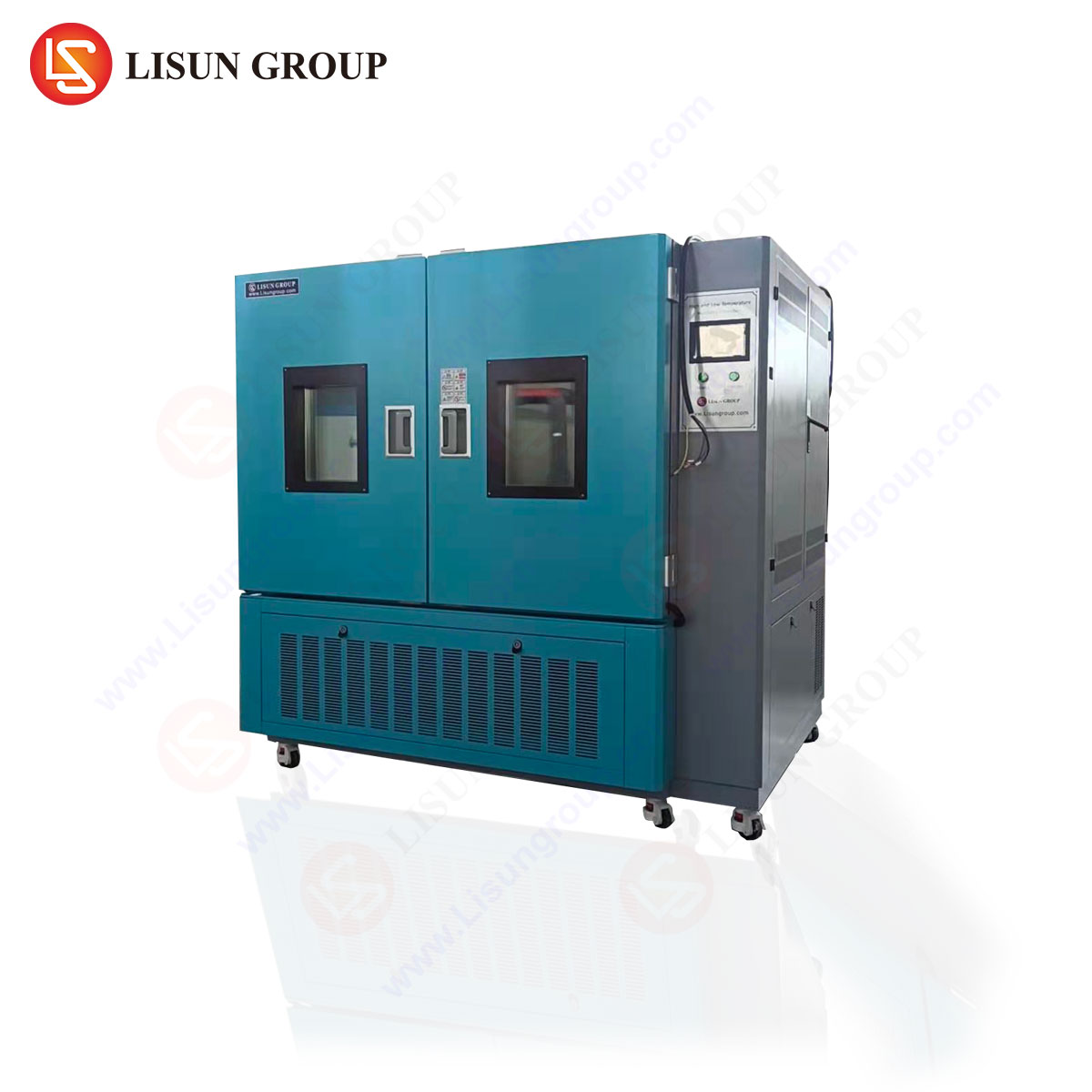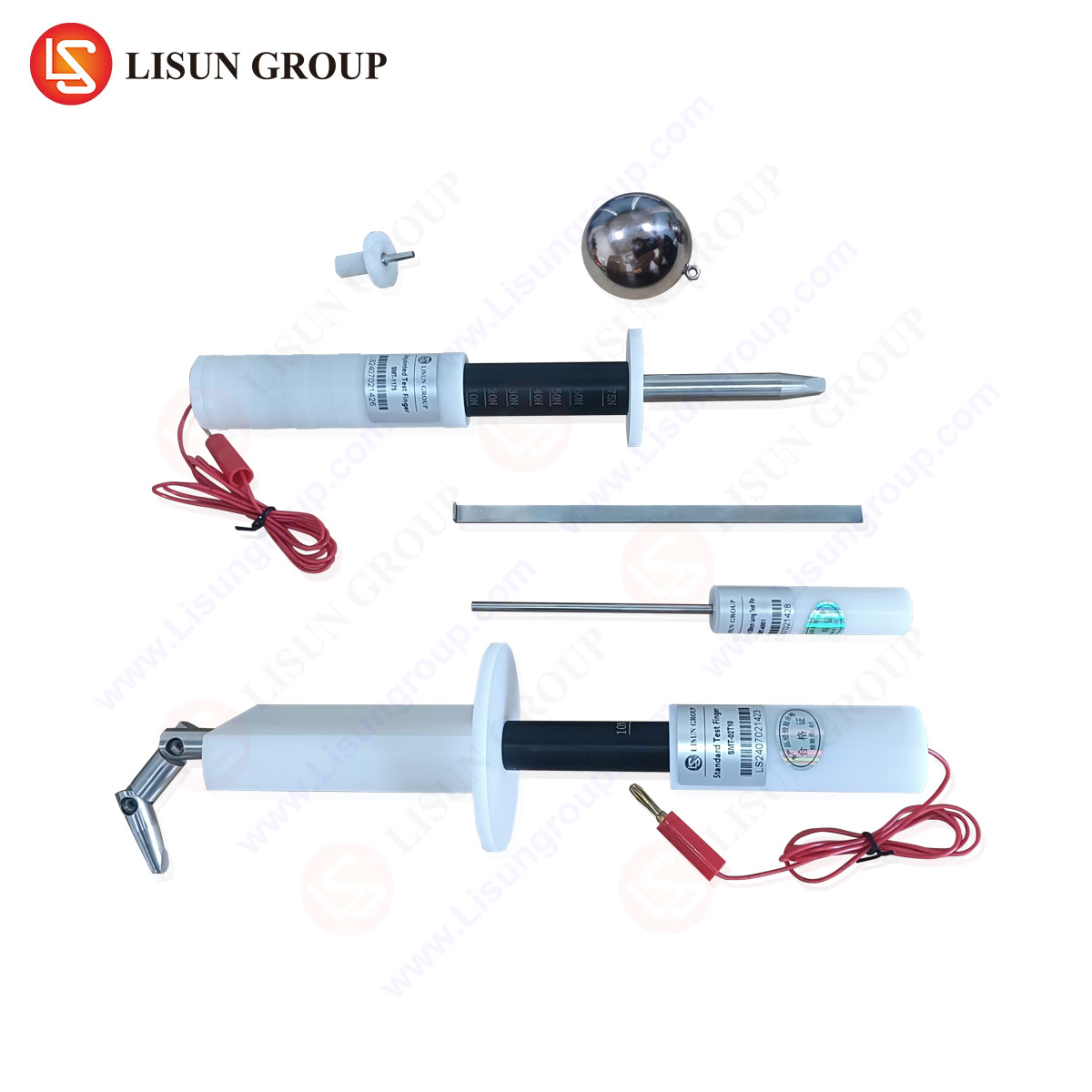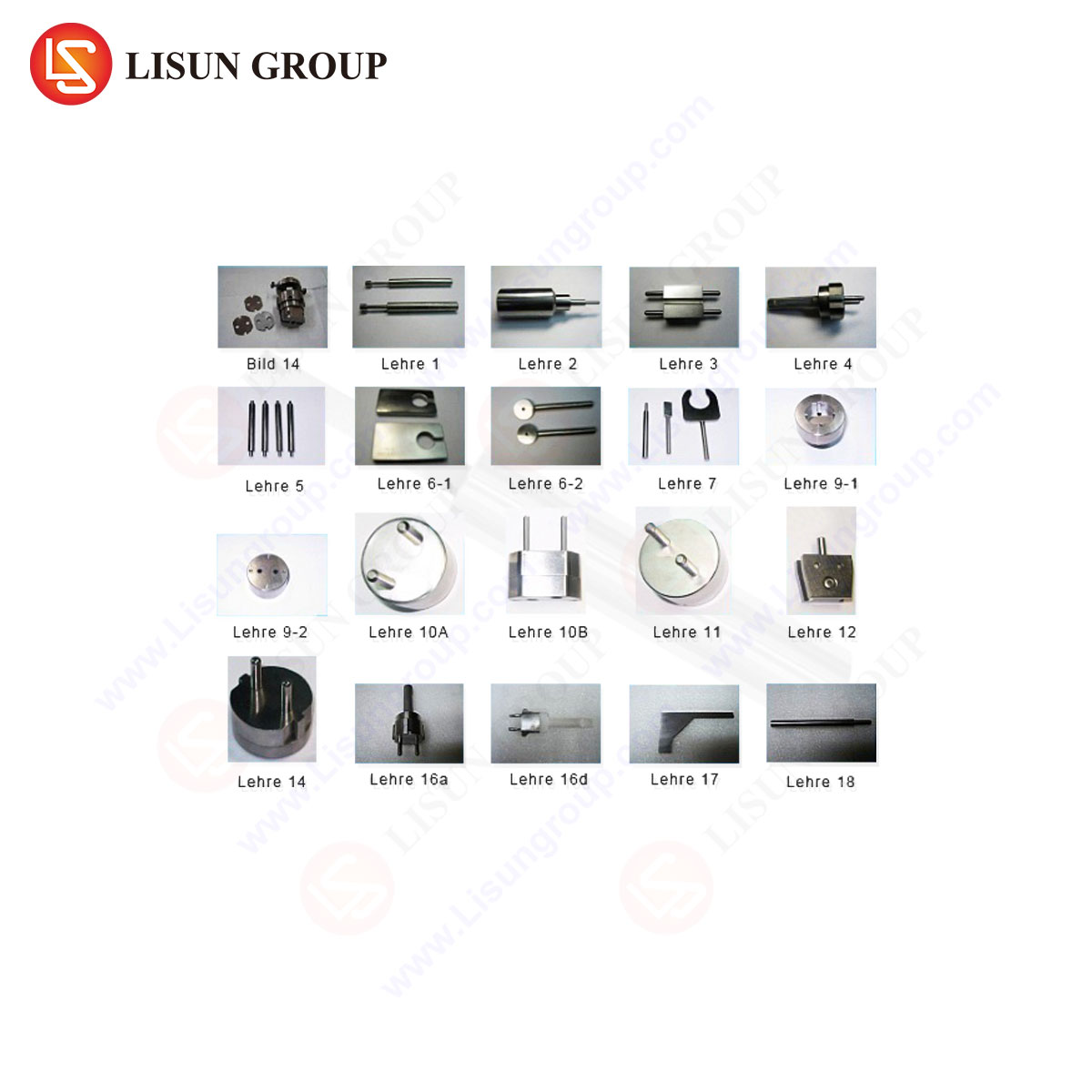The Role of NF C 61-314 C7 Calibres in Ensuring Connector Safety and Interoperability
The integrity of electrical connections within plugs and sockets is a foundational element of electrical safety and operational reliability. A critical, yet often overlooked, aspect of this integrity is the precise spatial relationship between conductive elements, known as pin spacing. Deviations from specified dimensions, even on a microscopic scale, can precipitate a cascade of failure modes, including arcing, overheating, and mechanical incompatibility. To mitigate these risks, international and national standards bodies have established rigorous dimensional tolerances. The French standard NF C 61-314, specifically its C7 appliance coupler specification, dictates exacting requirements for these components. Verification of compliance necessitates the use of specialized, non-electrical measuring instruments known as calibres, or gauges. These tools serve as the definitive arbiter of conformance, providing a binary pass/fail assessment that is both rapid and unequivocal.
Fundamental Principles of Dimensional Gauge Verification
Dimensional verification via go/no-go gauges operates on a principle of physical negation. Unlike variable measuring instruments such as calillipers or coordinate measuring machines (CMMs), which provide a quantitative value, a calibre provides a qualitative assessment against predefined tolerance limits. A “go” gauge is manufactured to the maximum material condition (MMC) of the feature being tested. For a pin, this is its maximum allowable size; for a spacing, this is the minimum allowable distance between pins. This gauge must successfully engage with the component under test. Conversely, a “no-go” gauge is manufactured to the least material condition (LMC)—the minimum pin size or maximum spacing—and must not engage. The successful passage of the “go” gauge combined with the rejected passage of the “no-go” gauge confirms that the feature’s dimensions lie within the specified tolerance zone.
This methodology is exceptionally well-suited for high-volume production environments typical of plug and socket manufacturing. It eliminates operator interpretation, drastically reduces inspection time, and requires minimal training. The gauge itself becomes a physical embodiment of the standard’s dimensional requirements, transforming abstract technical drawings into a tangible, actionable quality control checkpoint.
Anatomy and Functional Requirements of C7 Pin Spacing Calibres
The NF C 61-314 standard defines the C7 “figure-of-8” coupler, a non-polarized, two-pin connector common in Class II appliances across Europe and other regions adhering to CENELEC standards. The calibres used to verify these connectors are precision-machined tools designed to assess critical dimensions, including pin diameter, pin span (center-to-center distance), and the profile of the pin tips.
A typical set for verifying a C7 socket (female connector) would include:
- A “Go” Pin Span Gauge: This tool features two precision ground pins spaced at the lower limit of the pin span tolerance. This gauge must insert into the socket with a smooth, consistent feel using a prescribed mechanical force, verifying that the socket spacing is not too narrow.
- A “No-Go” Pin Span Gauge: This tool features pins spaced at the upper limit of the pin span tolerance. Under a prescribed force, this gauge must not fully insert into the socket, verifying that the socket spacing is not too wide.
- Individual Pin Gauges: A set of cylindrical “go” and “no-go” gauges are used to verify the diameter of the socket’s receptacles themselves, ensuring they will accept the mating plug pins without being overly loose or tight.
For testing C7 plugs (male connectors), the gauge design is inverted. A “go” gauge would be a precision socket that must fit over the plug’s pins, while a “no-go” gauge would be a socket that must not fit. The materials used in their construction are paramount; they are typically fabricated from hardened tool steel or high-grade carbide to resist wear from thousands of insertion cycles, thereby maintaining calibration integrity over an extended service life. Surface finish is also critical, as any roughness can cause binding and provide a false “no-go” reading.
LISUN Gauges for Plugs and Sockets: Precision Engineering for Compliance
LISUN produces a comprehensive range of verification gauges specifically engineered for compliance with international connector standards, including NF C 61-314 for C7 and C5/C6 couplers, among others. The design and manufacturing process of LISUN’s gauges adhere to a stringent protocol to ensure absolute traceability and accuracy.
The gauges are CNC machined from selected alloy steel blanks, which are subsequently heat-treated to a core hardness of 58-62 HRC. This process ensures exceptional durability and resistance to deformation. Following heat treatment, the critical functional surfaces undergo precision grinding and lapping to achieve a surface roughness (Ra) of better than 0.2 μm, guaranteeing smooth, friction-free operation and eliminating false readings. Each gauge is 100% inspected against master reference gauges, which are themselves calibrated against national metrological standards. The final step involves meticulous cleaning, anti-corrosion treatment, and laser etching of relevant standard identification marks and “GO”/”NO GO” legends for clear and permanent identification.
Key Specifications of LISUN NF C 61-314 C7 Gauge Sets:
- Applicable Standard: NF C 61-314, IEC 60320-1
- Target Connector: C7 Appliance Couplers (both plugs and sockets)
- Dimensions Verified: Pin diameter, pin span (center-to-center distance).
- Material: High-carbon, high-chromium tool steel.
- Hardness: 58-62 HRC.
- Surface Finish: Ra ≤ 0.2 μm on all critical surfaces.
- Calibration: Traceable to NIST/DIN/other national standards.
- Tolerance: Manufacturing tolerances on the gauges are typically held to within 10% of the workpiece tolerance, adhering to the Taylor Principle of Gauge Design.
Integration of Gauge Verification in Quality Assurance Protocols
Within a manufacturing quality assurance (QA) workflow, pin spacing calibres are deployed at multiple critical control points. Incoming quality inspection (IQI) uses them to vet raw components from subcontractors. On the production line, they are used for first-article inspection (FAI) at machine setup and for statistical process control (SPC) checks at regular intervals, such as every four hours or every 5000 units produced. Finally, they are a mandatory tool in the final random inspection (FRI) process before packaged goods are approved for shipment.
The use of LISUN gauges in this protocol provides several distinct advantages. Their robust construction minimizes downtime caused by gauge wear or failure. The clarity of the pass/fail outcome empowers operators with varying skill levels to perform critical checks without ambiguity, reducing human error. Furthermore, the traceable calibration documentation provided with each set simplifies audit processes for compliance with ISO 9001 and other quality management systems, providing defensible evidence of due diligence in product safety.
Consequences of Non-Conforming Pin Spacing Dimensions
Failure to maintain pin spacing within the tolerances specified by NF C 61-314 carries significant safety and performance implications. Excessive spacing, which a faulty “no-go” gauge would fail to catch, results in a poor mechanical connection. The reduced contact pressure increases electrical resistance at the interface, leading to localized Joule heating (P = I²R). This overheating can degrade the insulation of the connector and the appliance cable, potentially leading to insulation failure, short circuits, and in extreme cases, ignition.
Insufficient spacing, which would be missed by a faulty “go” gauge, poses an equally grave risk. It can prevent the insertion of a standard plug, causing consumer frustration and product returns. More dangerously, if excessive force is applied, it can damage the plug pins or the socket housing, compromising the safety insulation and creating a shock hazard. In both scenarios, the fundamental safety principle of interoperability—where any compliant plug must fit any compliant socket—is violated, undermining the entire ecosystem of standardized electrical components.
Metrological Traceability and Long-Term Gauge Maintenance
The authority of a go/no-go gauge is derived from its own conformance to a higher-order standard. The calibration of master gauges, from which working gauges like those used on the production line are verified, must be traceable to the primary length standard through an unbroken chain of comparisons, each with stated uncertainties. This traceability is typically provided by accredited calibration laboratories.
For end-users, implementing a regular calibration schedule for their working gauges is non-negotiable. Even the most wear-resistant gauges will eventually degrade through use. A recommended annual recalibration interval is standard industry practice, though this frequency should be increased based on usage volume. A well-maintained gauge, kept in a controlled environment and handled with care to avoid nicks and corrosion, is a reliable sentinel of product quality and consumer safety.
Frequently Asked Questions (FAQ)
Q1: How often should our LISUN pin spacing gauges be recalibrated?
A standard annual recalibration cycle is recommended for gauges in regular use. However, the interval should be shortened based on high-frequency usage (e.g., multiple shifts) or if the gauges are subjected to a harsh production environment. Calibration frequency should be defined within the company’s quality control manual.
Q2: Can one set of C7 gauges be used to test both plugs and sockets?
No. The mechanical design of a gauge for testing a socket (a gauge with pins) is fundamentally different from one for testing a plug (a gauge with holes). A complete compliance verification set will include separate, dedicated tools for the plug and the socket to accurately reflect the “go” and “no-go” conditions for each component type.
Q3: What is the proper method for using a pin spacing gauge to ensure an accurate reading?
The gauge must be applied to the connector by hand without excessive force. The operator should use a smooth, consistent motion. The “go” gauge should insert fully under its own weight or with a minimal, specified application of force. The “no-go” gauge must not enter or must only partially enter (to a specified depth) under a similarly controlled force. Jerky movements or the use of tools to force the gauge will invalidate the test and risk damaging both the gauge and the unit under test.
Q4: Beyond pin spacing, what other dimensions are critical for C7 connector compliance?
While pin spacing is paramount, other dimensions are equally critical and are verified with additional specialized gauges. These include the profile and diameter of the pin tips, the dimensions and depth of the insulating shield, the spacing and size of the apertures in the shield, and the overall outline dimensions of the connector housing. A full assessment requires a complete set of gauges.
Q5: Why choose dedicated gauges over a programmable CMM for this measurement?
While CMMs offer exceptional flexibility and detailed data, go/no-go gauges provide unmatched speed, cost-effectiveness for high-volume production, and operational simplicity. They are designed for use directly on the factory floor by production personnel, providing an immediate and unambiguous result that requires no data interpretation, which is essential for real-time process control.







